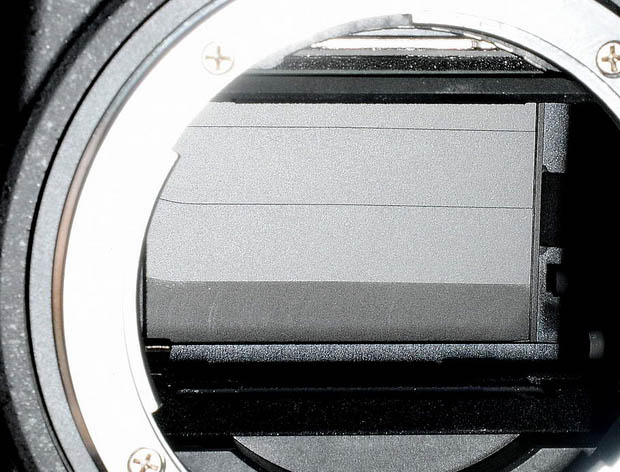The appearance of dust on the matrix D600 in slow motion by a Canadian photographer
 Modern technology is improving rapidly and, playing enough with mirrorless, manufacturers have decided to update the segment of the most beloved by serious amateur photographers - full-frame SLRs.
Modern technology is improving rapidly and, playing enough with mirrorless, manufacturers have decided to update the segment of the most beloved by serious amateur photographers - full-frame SLRs.Nikon D600 entered the market recently, but immediately won the hearts of photographers due to the large low-noise full-frame matrix with a wide dynamic range, good autofocus and the smallest size and weight among classmates. Some even believe that it surpasses the third 5D from Canon.
However, many new owners of cameras of this model began to receive complaints about the rapid appearance of dust on the matrix. To study this phenomenon, Canadian photographer Kyle Clements took 1000 images in the interval shooting mode and converted these frames into video. He did not change the lens in the process of shooting, but the dust inexplicably accumulated in the upper left corner of the frame (because the image falling onto the sensor is inverted, then we are talking about the lower right corner of the sensor).
The problem is so serious that it even surfaced while testing the camera with a well-known DPREVIEW resource. Moreover, they were convinced that it was impossible to blow off these particles with a pear and professional cleaning was required. It can affect sales of the D600 (in favor of the D800?) And the balance of power in the full-frame DSLR market for enthusiasts, on which Nikon, with the release of very strong D800 / 800E and D600, started pulling the blanket over himself from Canon with his 5D mk3 and 6D. If the problem is that Nikon does not regret the oil for lubricating the actuators of the mirror and the shutter and its particles are in the air and are deposited on the matrix, then it can be solved quickly. If in something else, then you may have to release a modified version of the camera.
Kyle Clements blog
DPREVIEW blog
UPD: On change.org , Nikon D600 users collect signatures for a Nikon petition to find out its position on this issue. Already collected 478 signatures.
')
UPD2: A curious article appeared on the site petapixel.com on this topic. They assume that it’s still dust caused by mechanical wear. Or the wear of the shutter, traces of which photographer Daniel Gaworski noticed on his D600:

either this is due to scratches directly under the mirror, where blackening starts to fly around immediately, as photographers from Taiwan noticed:

Source: https://habr.com/ru/post/160111/
All Articles